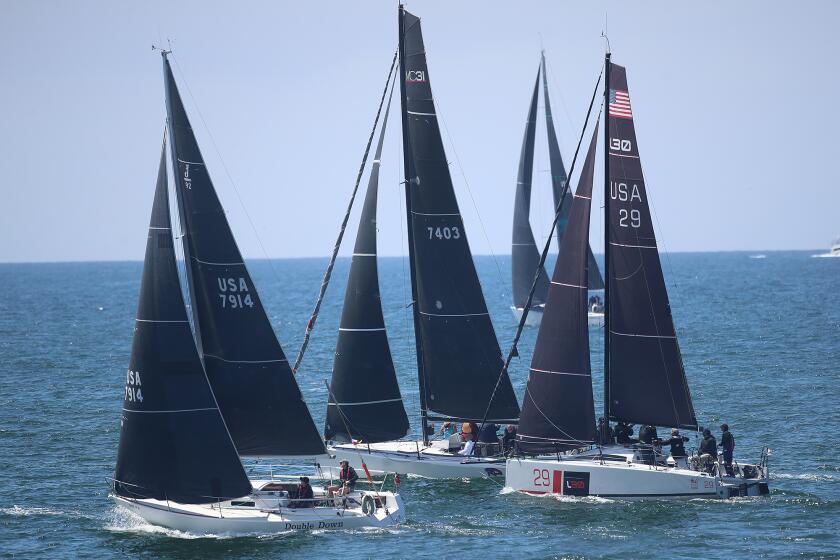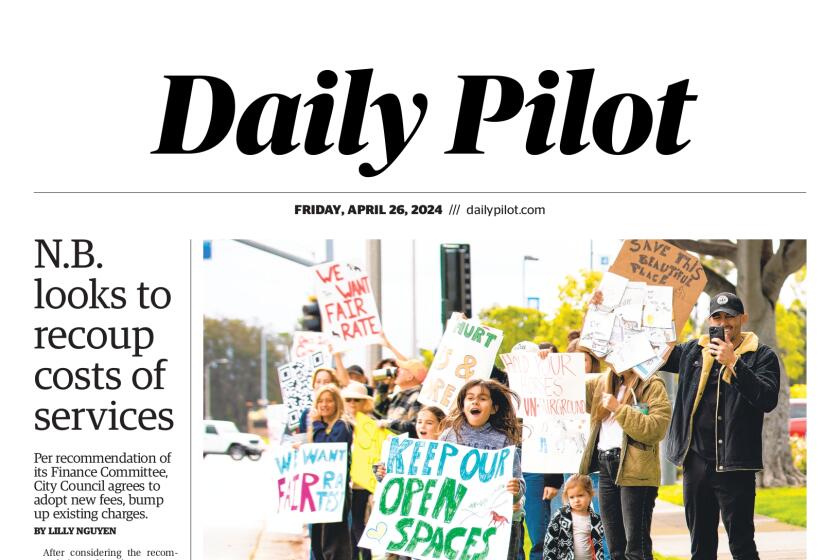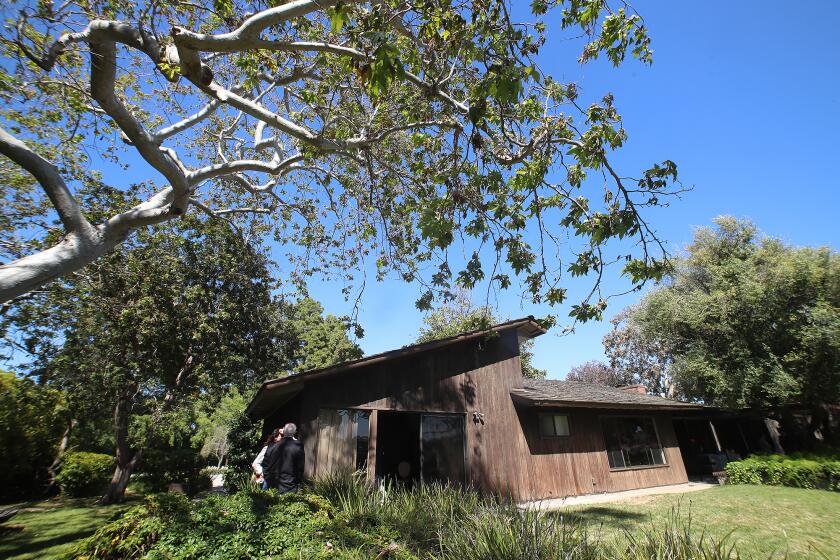A Look Back:
From the outset, the Balboa Pavilion in Newport Beach seemed destined for a special place in local history.
A 1907 article in the Los Angeles Times gave the center quite the introduction for readers:
“Among all the resorts along the Southern Pacific Coast, Balboa Pavilion at Balboa Beach is one of the most enjoyable spots within a day’s journey of Los Angeles. Situated on the edge of Newport Bay with the Pacific just across the sand spit, it has the attraction of variety as a headquarters which is unsurpassed.”
Indeed, when the Balboa Pavilion was created in 1906 by the Newport Bay Investment Co., it was the home of weekly dances and the friendliest of managers, Fred W. Beckwith, according to the Times.
The Pavilion was the anchor that established the area as a hub of activity.
At the same time it was being constructed, the Balboa Pier was being created to bring in prospective land owners. The Pacific Electric Red Car Line even had a line end at the pavilion, according to the building’s historical website.
The building had an 8,000 square foot meeting room on the second floor and a bathroom on the first floor to change into bathing suits.
In the early 1920s, the building was renovated and given more room for dancing. That would pay off later, when in the 1930s the Pavilion became the place where the “Balboa” dance was created. The dance, which remains famous to this day, had its roots in swing dancing and requires the dance partners to maintain close contact and can be fast or slow paced.
During the same decade, gambling was legal and the Pavilion played host to blackjack tables, penny roulettes and card games.
According to balboapavilion.com, later in the 1930s there were even speedboat races, which today, would quickly be shut down.
As the city changed, so did the Pavilion. In 1942, the upstairs was rented and converted into a bowling alley. Five years later, the boat was in disrepair and nearly collapsed into the bay because of its sandy waterfront. It reopened in 1949 sturdier and better.
Today, the Pavilion continues to be a draw for locals and visitors alike. It’s used as a marine recreation facility with sport fishing boats and catamarans pulling close to its docks.
All the latest on Orange County from Orange County.
Get our free TimesOC newsletter.
You may occasionally receive promotional content from the Daily Pilot.



